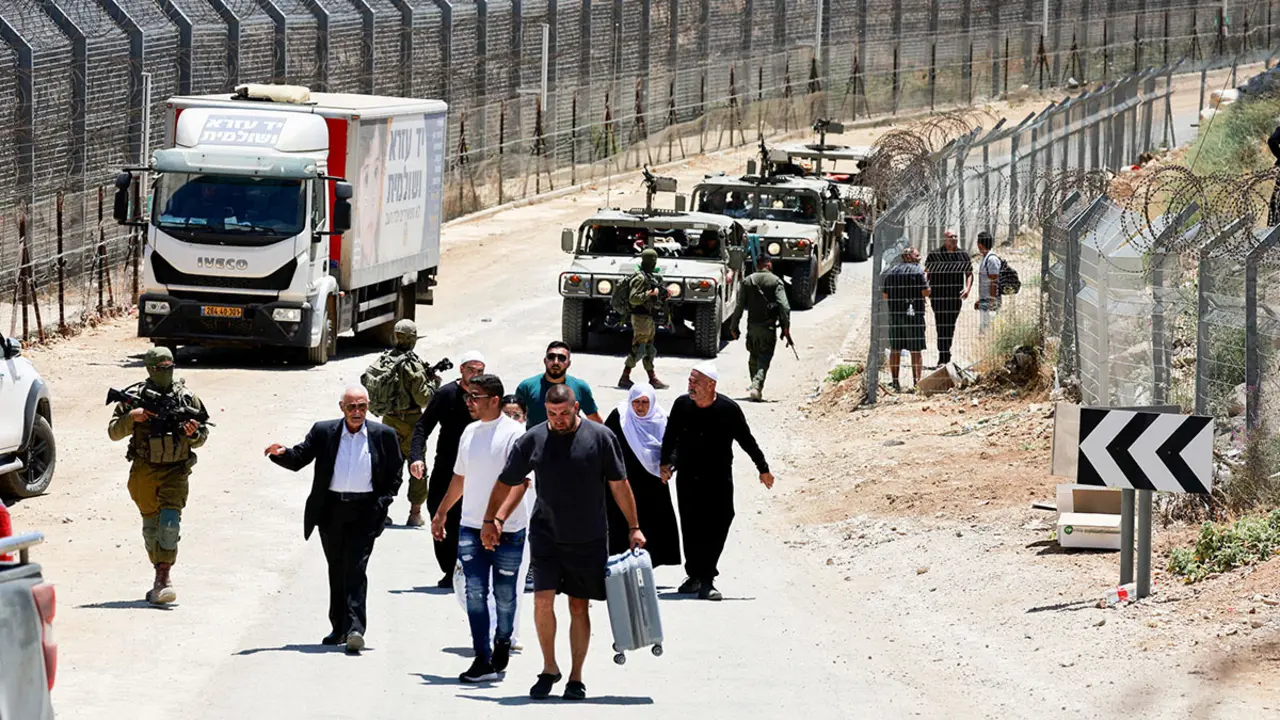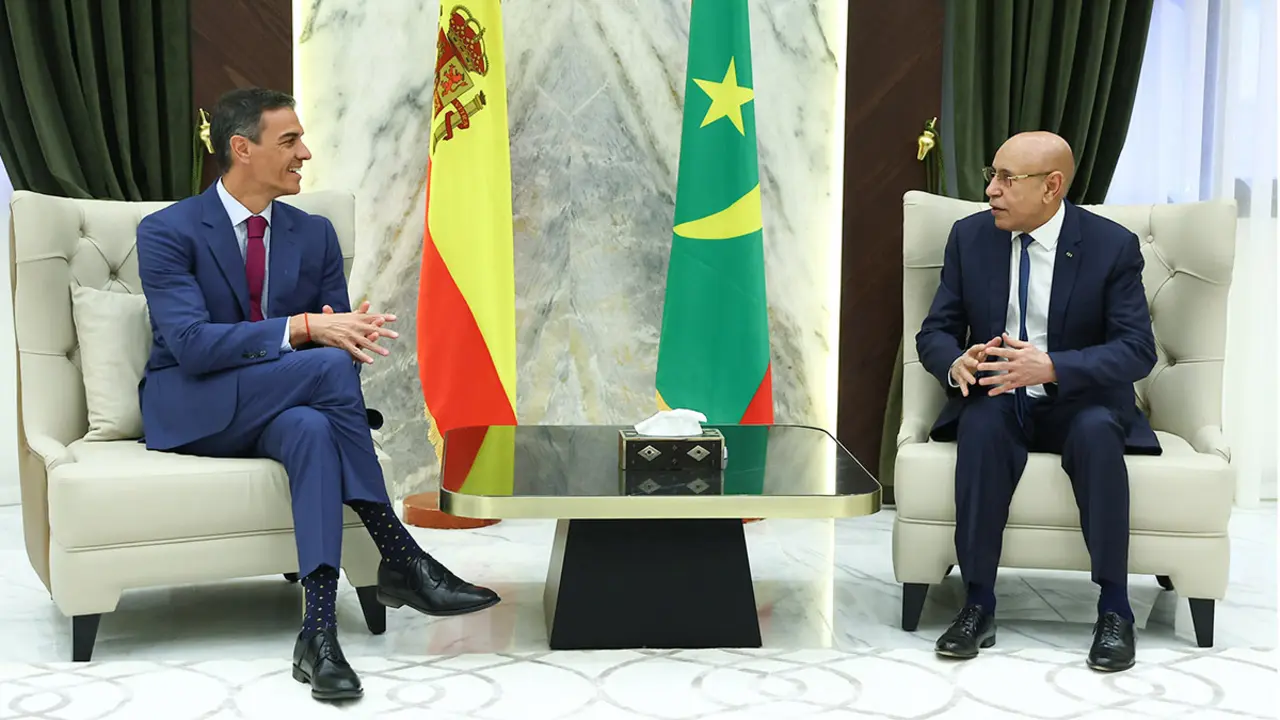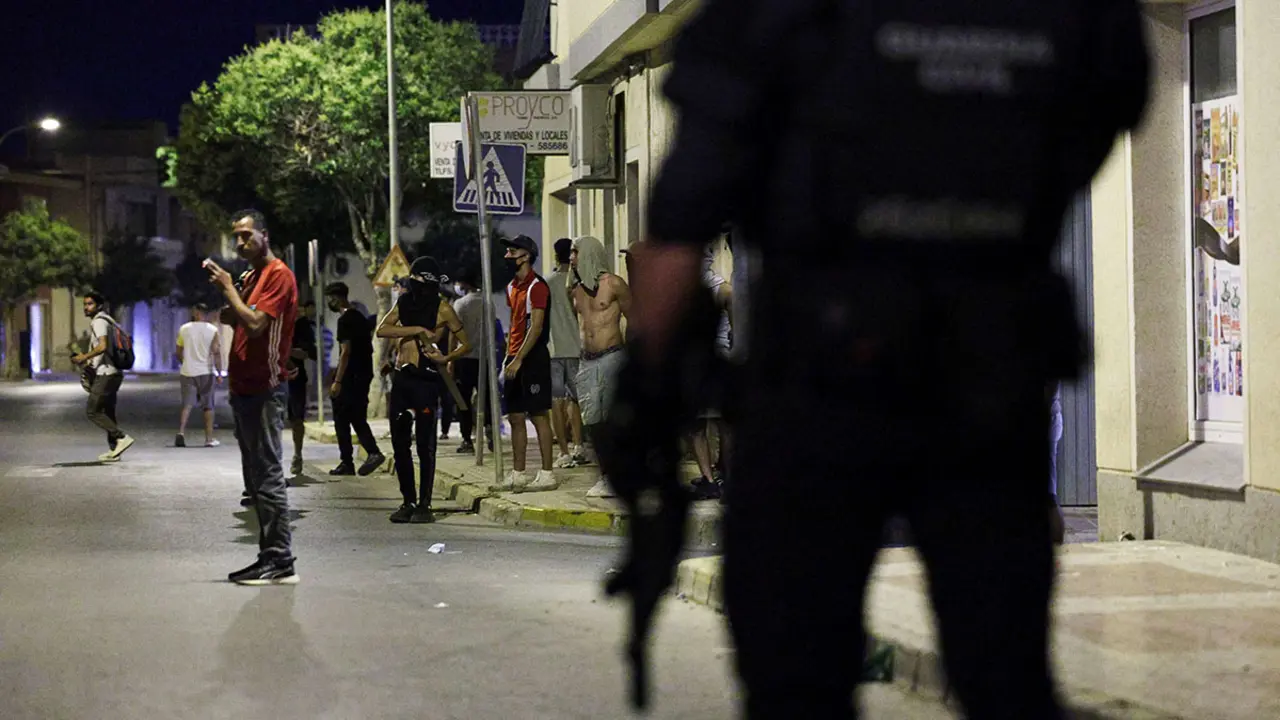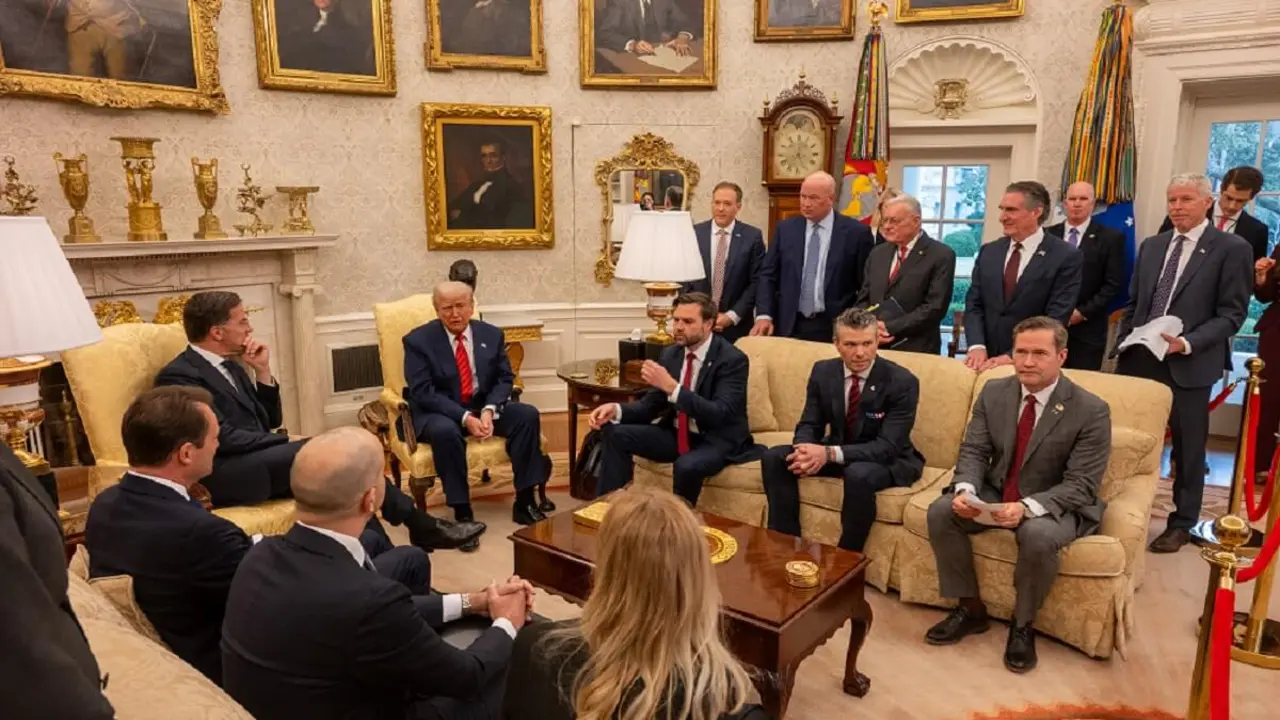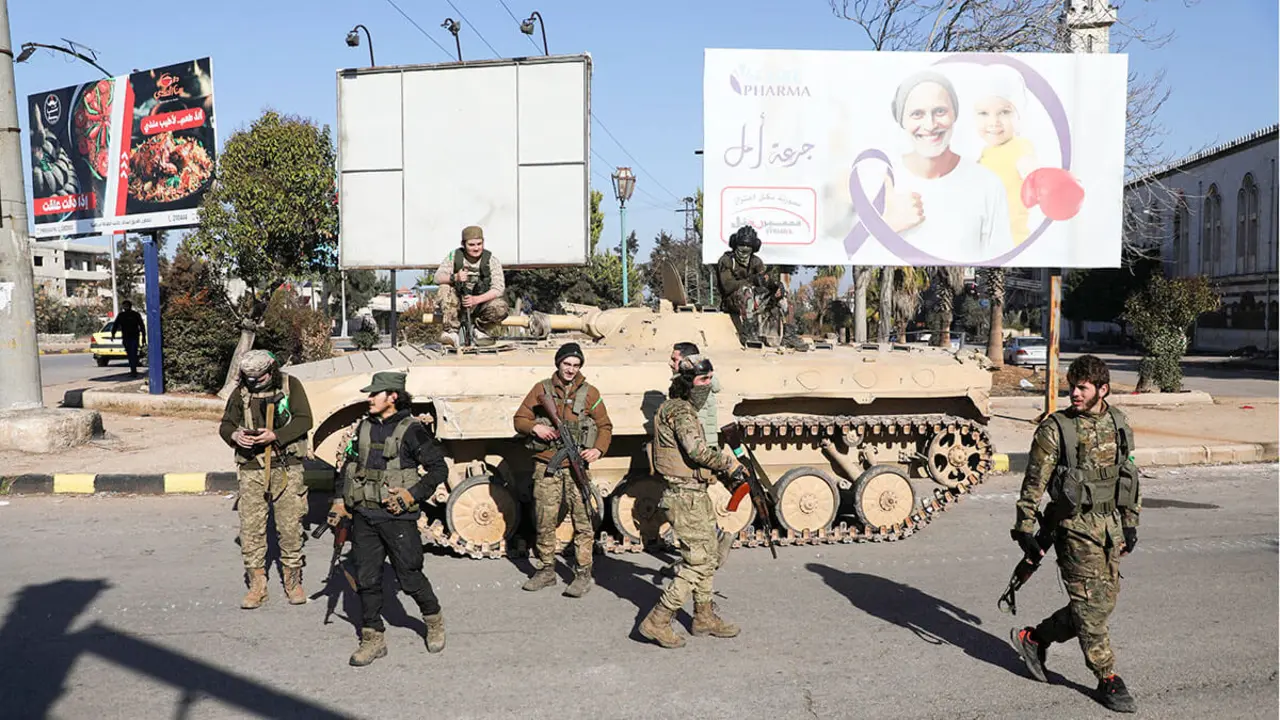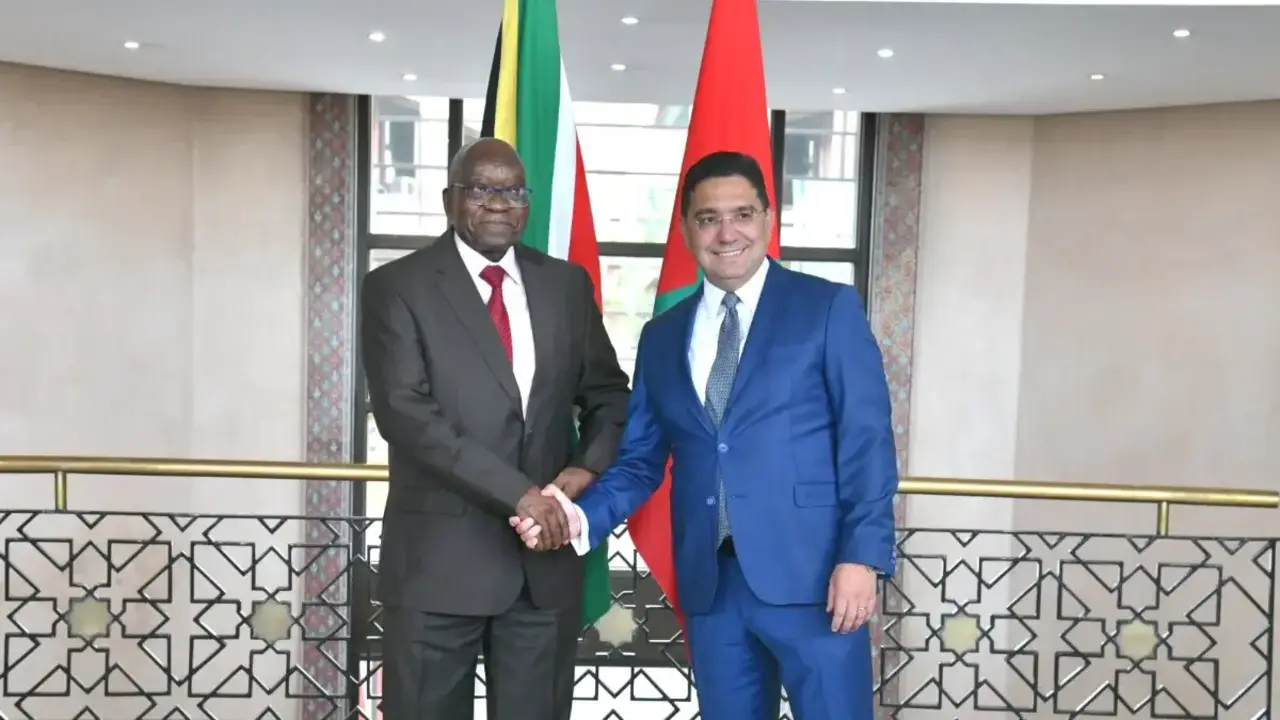18 years after the invasion of Iraq
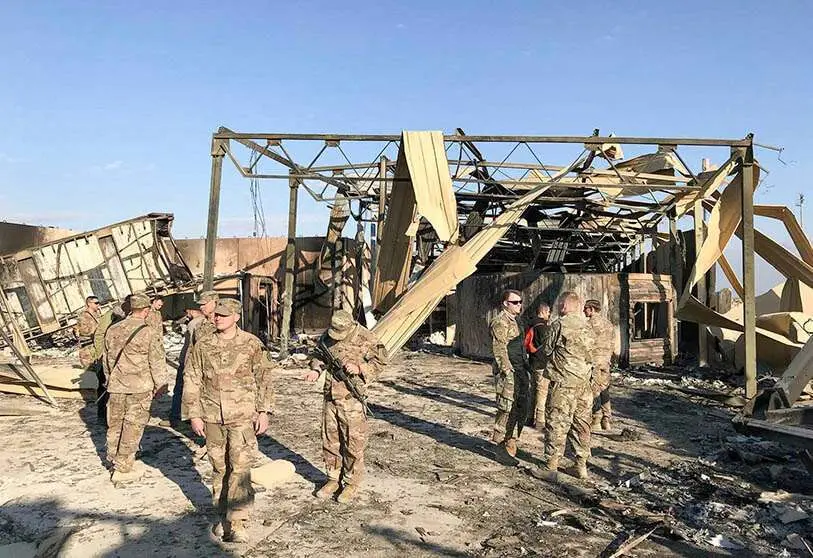
At this moment, US and coalition forces are in the early stages of military operations to disarm Iraq, liberate its people and defend the world from grave danger. These words, spoken by George Bush 18 years ago, began the invasion and war in Iraq. A military campaign led by the United States with the support of other Western countries, including Spain, to invade Iraq and liberate the Iraqi people from Saddam Hussein. The invasion was also justified on the grounds that the Iraqi government allegedly possessed weapons of mass destruction, although these weapons were not found.
The image of US soldiers toppling a statue of Saddam Hussein in Baghdad in April became the symbol of the first stage of the invasion. A foreign army liberating a people from their evil dictator. However, this image of the US as liberator diminished as the operation progressed. The capital was bombed so heavily that it has yet to be completely rebuilt. After the end of the invasion, proclaimed on 1 May by President Bush, the war that would last until 2011 began. The US tried to bring order to the country after capturing Saddam Hussein in December, but hatred and chaos erupted in Iraq. Religious and sectarian tensions in the country increased in the wake of the US invasion, leading to clashes between Shiites and Sunnis. With the war also came the humanitarian crisis. According to UN sources, 4 million people are in need of humanitarian assistance and more than 1 million remain internally displaced.
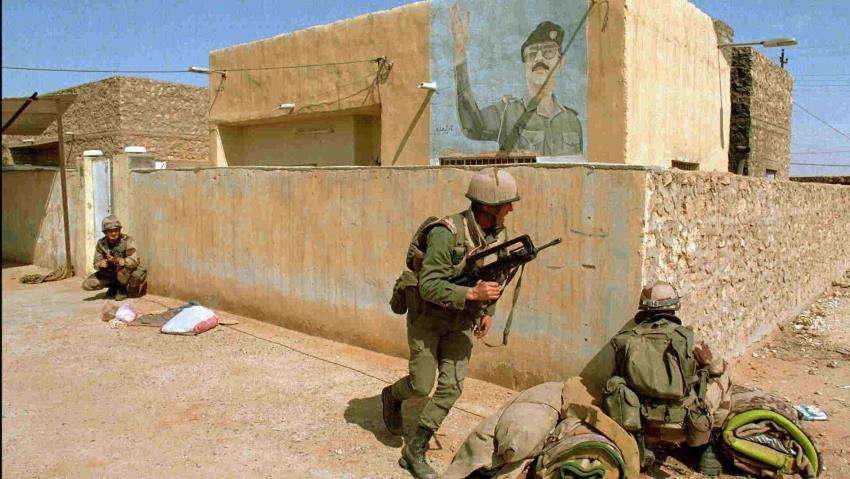
The US presence also gave rise to radical groups such as Daesh, which wanted to challenge foreign influence in Iraq. After the Obama administration declared an official end to the war in October 2011, instability and violence continued inside the country. Terrorist groups grew in strength and sectarian divisions intensified. Communities such as the Kurds and Yazidis, who suffered genocide at the hands of Daesh, were persecuted. In 2014, Daesh established its caliphate in the city of Mosul, which after intense bombing was completely destroyed. The United States again led a military operation, this time to defeat the jihadist group, which also controlled territory in Syria. Finally, on 17 July 2017, the Iraqi prime minister announced the liberation of Mosul from Daesh.
However, the defeat of the terrorist group did not bring complete stability to Iraq. Between 2019 and 2020, the Middle Eastern country experienced intense protests against corruption and foreign interference. The so-called Tishreen Revolution, which was very reminiscent of the Arab Spring, resulted in the deaths of more than 400 people. The demonstrations also led to the resignation of Prime Minister Abdul Mahdi. Barham Saleh, the current president, has promised to pass a new electoral law to make elections fairer and more representative of the people.
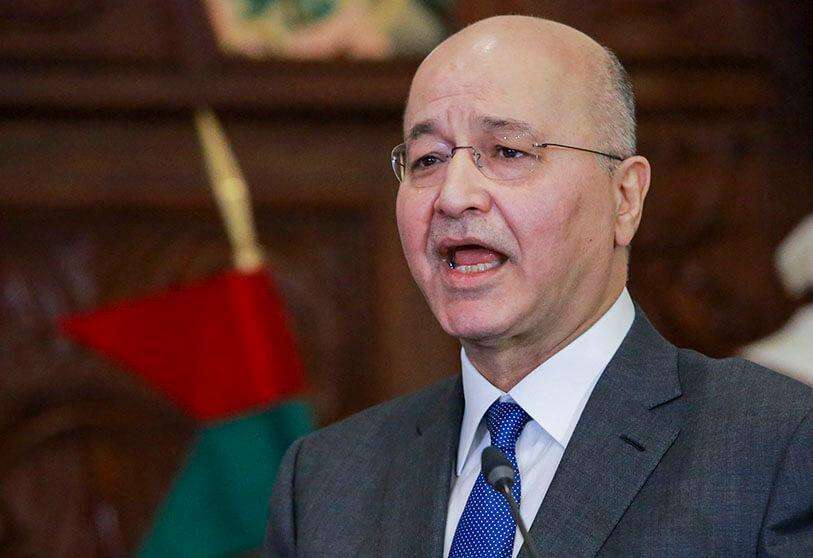
Iraqi cities are now slowly being rebuilt. To rebuild Iraq is to restore hope in Iraq and to restore stability to Iraq is to stabilise the states of the region and the world, said Salman Al Jumaili, former Iraqi Minister of Planning. In 2018, UNESCO launched an initiative to rehabilitate Mosul under the name Reviving the Spirit of Mosul. This project consists of rebuilding Mosul by empowering the population as agents of change who participate in the process of rebuilding their city through three main axes heritage, education and cultural life. The recent visit of Pope Francis to the Iraqi city gives hope for the process of stability and marks the beginning of pacification throughout the country.


